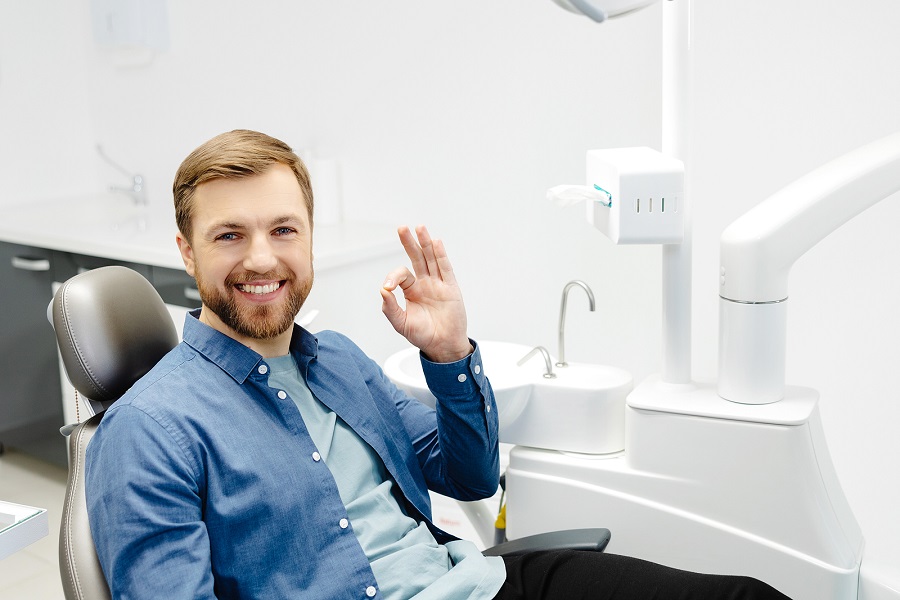![This is a thumbnail image of blog Ask a General Dentist: What Does Saliva Do for Our Mouths? This is a thumbnail image of blog Ask a General Dentist: What Does Saliva Do for Our Mouths?]()
Ask a General Dentist: What Does Saliva Do for Our Mouths?
May 16, 2023![Smile Makeover in Lake Forest, CA Smile Makeover in Lake Forest, CA]()
Transform Your Smile: The Power of a Smile Makeover
Mar 28, 2024![This is a thumbnail image of blog What Procedures Are Performed by a Laser Dentist? This is a thumbnail image of blog What Procedures Are Performed by a Laser Dentist?]()
What Procedures Are Performed by a Laser Dentist?
Jul 18, 2023![Same-Day Implants In Lake Forest, CA Same-Day Implants In Lake Forest, CA]()
Why Dental Implants Are A Game-Changer In Restorative Dentistry?
Sep 19, 2024![This is a thumbnail image of blog Achieve a Radiant Smile: Teeth Whitening in Lake Forest, CA This is a thumbnail image of blog Achieve a Radiant Smile: Teeth Whitening in Lake Forest, CA]()
Achieve a Radiant Smile: Teeth Whitening in Lake Forest, CA
Aug 02, 2024
EMAIL OR CALL: (949) 855-0176
- Patient Education
- Blogs
- Why Are My Gums Bleeding?
- Will I Need a Bone Graft for Dental Implants?
- Which is Better - Invisalign or Braces?
- When Is a Tooth Extraction Necessary?
- What Should I Do if I Chip My Tooth?
- What Do I Do if I Damage My Dentures?
- What Can I Do to Improve My Smile?
- Oral Hygiene Basics
- Oral Cancer Screening
- Options for Replacing Missing Teeth
- Improve Your Smile for Senior Pictures
- I Think My Gums Are Receding
- Do I Need a Root Canal?
- Do I Have Sleep Apnea?
- Reviews
- Contact

How Is Gum Disease Treated?
Today, we're diving into a topic that affects millions of people worldwide: gum disease. While it may not be the most glamorous or talked-about subject, gum disease is something that should never be ignored. From bleeding gums to bad breath, this common condition can wreak havoc on your oral health if left untreated. But fear not!
What Is Gum Disease?
Gum disease, also known as periodontal disease, is a condition that affects the tissues surrounding and supporting your teeth. It starts with the buildup of plaque - a sticky film comprised of bacteria - on the surface of your teeth and along the gumline. When not properly removed through regular brushing and flossing, this plaque can harden into tartar. As tartar accumulates over time, it irritates and inflames the gums, causing them to become red, swollen, and prone to bleeding. This early stage of gum disease is called gingivitis. If left untreated, gingivitis can progress into more advanced stages, known as periodontitis.
Periodontitis takes root when bacteria penetrate deeper into the gums and trigger an immune response in your body. Over time, this immune response leads to damage to both the soft tissues around your teeth as well as the bone that supports them. Eventually, without intervention or proper treatment from dental professionals like hygienists or dentists specializing in gum health (periodontists), tooth loss may occur. Regular dental check-ups are crucial for early detection and prevention of gum disease. So be sure to keep up with those appointments!
How Is Gum Disease Treated?
The treatment for gum disease depends on its severity. In mild cases, professional dental cleanings may be sufficient to remove plaque and tartar buildup from the teeth and gums. This helps reduce inflammation and allows the gums to heal. For more advanced cases of gum disease, additional treatments may be necessary. These may include scaling and root planing procedures, which involve deep cleaning of the tooth roots to remove bacteria-filled pockets. Antibiotics or antimicrobial rinses may also be prescribed to help control bacterial infection. In some situations, surgical intervention might be required. This could involve flap surgery to lift back the gums for better access during cleaning or bone grafts to regenerate lost bone tissue.
Regular dental check-ups are essential in maintaining healthy gums and preventing gum disease from worsening or recurring. By practicing good oral hygiene at home – brushing twice a day with a soft-bristled brush, flossing daily, and using an antiseptic mouthwash – you can greatly reduce your risk of developing gum disease.
Remember that early detection is key when it comes to treating gum disease effectively. So if you notice any signs or symptoms such as redness or swelling in your gums, bleeding while brushing or flossing, bad breath persistently returning even after proper oral care routine practice without ignoring them, seek professional dental advice promptly.
Visit Nicole E. Kuske, DDS, at 22992 El Toro Rd, Lake Forest, CA, 92630, or call (949) 855-0176 for the best dental care tailored to your specific requirements.
Visit Our Office
Office Hours
- MON9:00 am - 3:00 pm
- TUE10:00 am - 7:00 pm
- WED - THU8:00 am - 5:00 pm
- FRIBy appointments only
- SAT - SUNClosed





comments